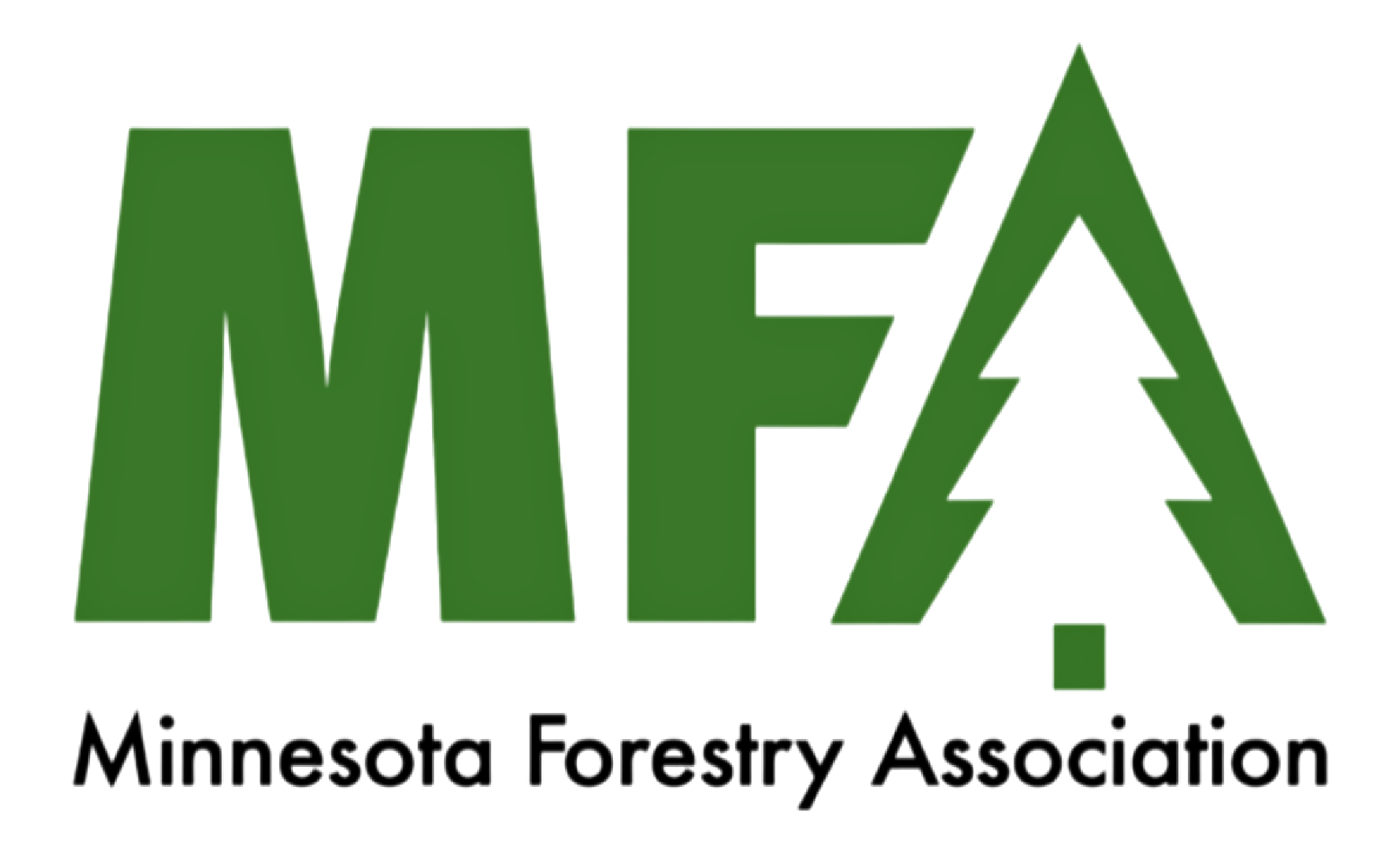A Century Farm – And Woodlot
In 1888 Tom Schulz’ grandfather established a homestead on what is today the Schulz family farm in Wadena County near Sebeka (north of Highway 10 between Wadena and Park Rapids). Tom said, “Since I’m only the 3rd generation here in over 100 years, I guess you could say we are slow at succeeding each other!”
Before he could plant crops, Tom’s grandfather had to clear the land that was completely covered with trees.. Eventually, he cleared everything but 40 acres which the family has used ever since as a source of firewood and lumber for building.”
Tom and his wife Kyle bought the farm in 1978. “It was a dairy farm at the time,” Tom said. “We continued to milk cows until 1991 when we sold them and I went to work teaching Farm Business Management at the technical college in Staples. Now we have 15 registered black angus that we raise and sell for breeding stock.”
Kyle also has her horses, two adult quarter horses, three miniature horses and one burro. She said, “The burro is very smart and thinks it is the watchdog for the miniature horses. If a person, a bird or any other animal comes into the corral, the burro will check it out to make sure it’s not a threat to the miniature horses.”
Tom has a Stewardship Plan for the 40-acre woodlot. Dated November, 1978, it must be one of the first done in Minnesota. 22 of the 40 acres are being harvested this year. The area contains many 100 year old pines that are being cut because Tom fears they would be susceptible to wind after nearby trees are removed.
Hybrid Poplar
Tom was also one of the first in Minnesota to try planting hybrid poplar. “Back in 1996 Blandin Paper offered to plant hybrid poplar on 68 acres,” Tom said. “I liked the idea because it was a chance to plant trees and live long enough to see them harvested!”
The trees were harvested in 2008, producing 25.3 cords per acre. That sounds pretty good but Blandin was hoping for 40 cords. Part of the reason for lower production was the 8 x 8 spacing of the trees. It appears that with this spacing, the trees crowd each other out sufficiently after 10 years so that the growth rate slows to almost nothing. When the area is replanted this year, spacing will be 10 x 10 which should allow the trees to maintain a high growth rate for 13 years.
One of the problems with hybrid poplar is that weeds have to be controlled when the trees are young. Tom said, “The first year, I cultivated the trees seven times. It paid off because they grew six to seven feet that first year, which was tall enough to shade out the weeds the second year so I didn’t have to cultivate at all after that.”
Tom noticed something unusual about the poplar. “During dry periods, the trees drop leaves which I imagine is a mechanism to conserve moisture. What is remarkable, though, is that as soon as the rains come, the trees will begin producing new leaves. Under good conditions, they continue producing leaves right up to freeze up.”
Public Service
Tom is active in public service. He’s been an elected member of the Wadena County Soil and Water Conservation District board since 1978. He says, “If you want to be doing good things for the land, it’s a position where you can have some impact.” In 2007 he was one of the Minnesota people admitted to the Wisconsin Woodland Leadership Institute. “I appreciated that John DuPlissis, the Institute leader, was up front about the expectation that we take apply what we learn to public service in our local area.”


